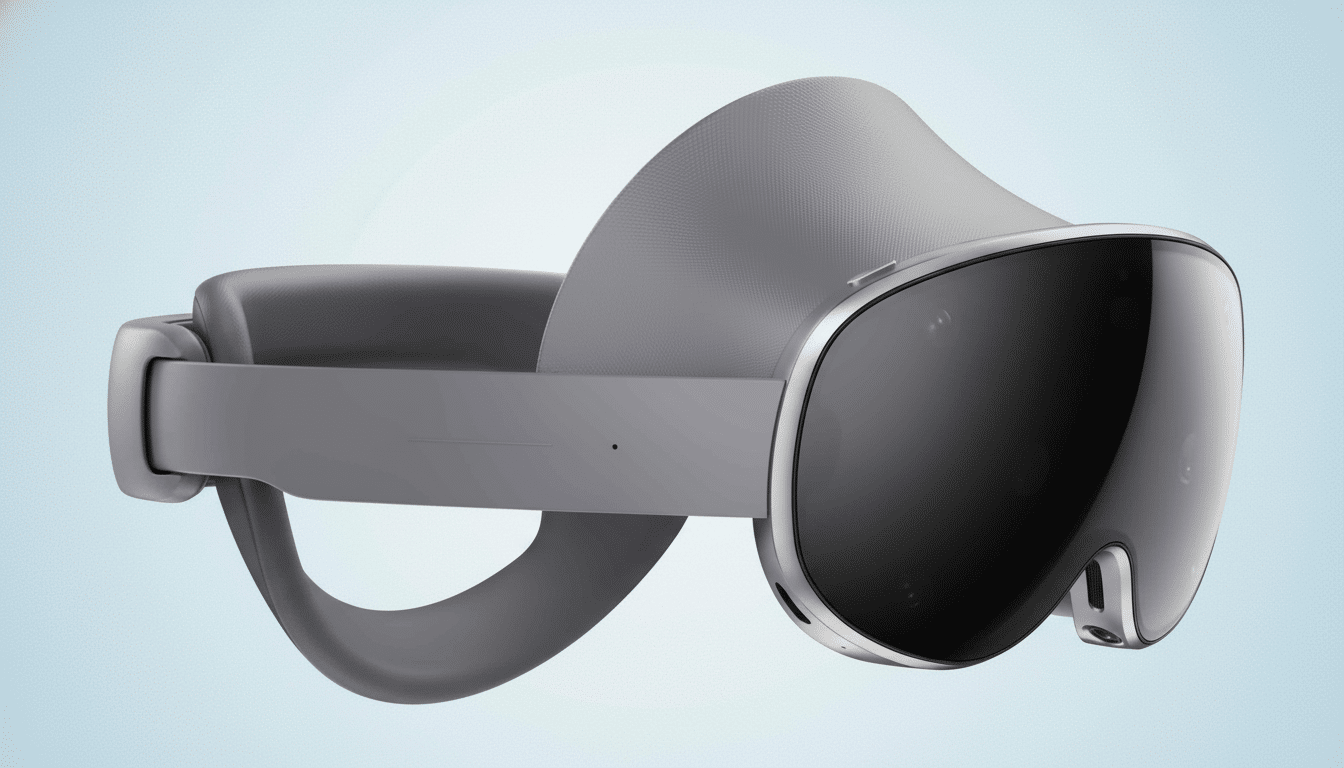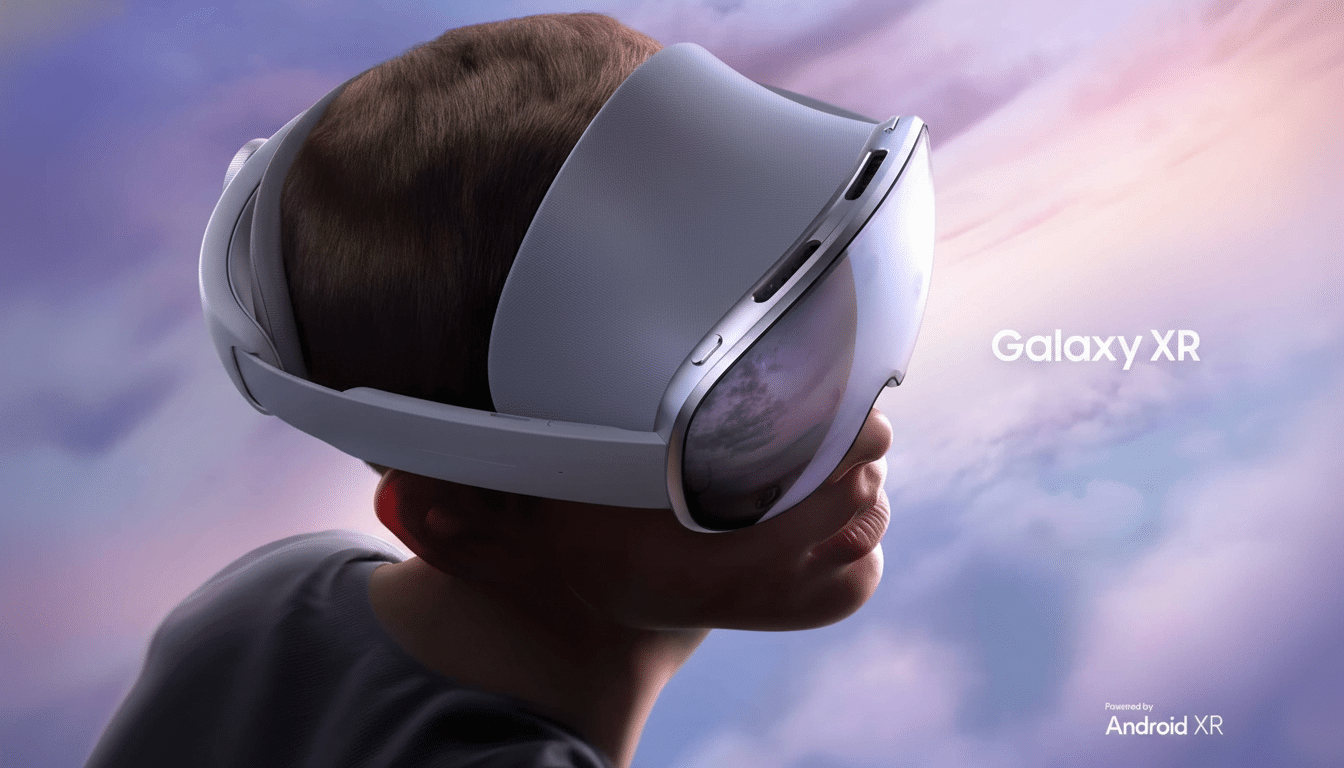Samsung’s latest mixed reality headset is out, with lofty hardware specs and a price that’ll make it sting less than Apple’s offering, but that surprise isn’t what Samsung built — it’s whose software you’ll be getting into. In practice, the Galaxy XR seems less Galaxy and more Google-led showing, a spiritual “Pixel XR” draping itself in Samsung’s choice components.
Why The Galaxy XR Actually Is Pixel-Built
When you hear Galaxy, you expect some One UI sprinkles on top, Samsung apps and perhaps at least a bit of homegrown flavor. Early demos and briefings seem to say the opposite. The interface is clean and Google-first, conspicuously light on Samsung’s typical software persona. It’s well-finished, well-integrated and clearly not just coated with a custom Galaxy skin on top of Android.

That inversion makes sense on the platform. The headset is powered by Android XR, Google’s spatial computing software layer, and its default experiences come from Mountain View, not Samsung’s app offering. Samsung brings the industrial design, displays, and ergonomics; Google apparently provides the soul.
It Is Only The Features You Thought Of First.
The biggest differentiator is reach. Powered by Android XR, Galaxy XR is able to reach straight into Google Play. Not all phone apps will turn into headphone-friendly experiences, but the depth of library — millions of titles by Google’s publicly reported Play Store count — means the Galaxy XR could deliver an instant game (and 2D app) library in floating windows. That stands in sharp contrast with platform-specific stores on competing headsets and helps to bridge the “day one” content gap.
Then there’s Gemini. Google says Android XR is designed for the “Gemini era,” and it definitely feels like it. Gemini isn’t a bolt-on chatbot; instead, it’s woven throughout system controls and visuals. Bring it up with a hardware button, speak naturally, and it can reason what’s on your virtual screens and what the passthrough cameras are showing. Think: recognizing individuals in a photo library, summarizing an article you are reading or providing help in a game you are playing — all without switching between apps.
System-wide search is another thing that instantly says “Google.” Circle to Search, optimized for spatial input, allows you to find an object in your view — be it a product or landmark or diagram — and pull up results at once. It’s the sort of cohesive, assistant-forward design that feels pulled out of a Pixel playbook and expanded into mixed reality.
A Familiar Playbook From The Nexus Era Returns
If that dynamic sounds familiar, it should. I mean, back in 2011, Google and Samsung hooked up to release the Galaxy Nexus, a device that was lauded for Samsung’s hardware combined with “pure” Android. The Galaxy XR reflects that divide: Samsung’s four-figure fit-and-finish bravado and display expertise, with Google’s unskinned vision of what the platform can be, carpeting it.

The headset’s silicon is a nod to the partnership. Taking advantage of Qualcomm’s custom-made XR2+ platform for computing in augmented reality and VR — which can handle high-resolution displays, camera-heavy passthrough, low-latency hand tracking — with plenty of room left over for on-device AI processing. To help wrap your head around what’s new, Qualcomm has designed XR2+ to accommodate multi-camera pipelines and 4K-class per-eye rendering — precisely the sorts of features that Galaxy XR relies upon for sharp visuals and smooth mixed reality.
Price And Market Reality For Mixed Reality Headsets
Galaxy XR at $1,799 lands between budget and ultra-premium. It undercuts Apple’s $3,499 headset by miles but also sits way higher than the mass-market price of Meta’s Quest 3, which generally sells for about $499. That positioning is significant because adoption in the category has been highly sensitive to accessible prices.
IDC analysts observe that the AR/VR market in recovery will be driven by more capable but lower-cost devices, and Meta has held the lion’s share of volumes in recent years. While independent forecasts from firms like Canalys project that Apple’s first-generation headset will be in the hundreds of thousands, a noteworthy figure for a debut but not even close to mainstream traction. Samsung and Google are wagering that a price point between premium and midrange — accompanied by a ready-made app ecosystem (the Google Play digital store) and baked-in AI — can expand appeal without resorting to the commodity chase down-market.
What It Means For Samsung And Google Going Forward
For Google, Galaxy XR is a flagship to help set Android XR as the de facto open-source alternative to closed ecosystems. With that, the message to developers is clear: build for Android in one place, and your work may soon seep from phone to spatial canvas. From Samsung’s perspective, the math makes sense. Building with Google’s services gets you to a coherent platform faster, while freeing it up to add One UI-flavored features or health integrations or, if the market rewards differentiation, Galaxy AI at some point down the line.
There are open questions. What proportion of the vision understanding that Gemini uses runs on-device, as opposed to in the cloud? What are the privacy assurances of passthrough feeds when the assistant is off? Clear, consumer-friendly answers from both companies will matter a lot, particularly as mixed reality mingles personal information with the sights around you.
The Bottom Line On Galaxy XR’s Google-Led Direction
Galaxy XR isn’t just a play against Apple and Meta; it quietly recasts Samsung’s place within spatial computing. This time around, Samsung did the hardware but Google brought the experience — and that’s why day one of this thing feels so polished. If the formula holds, we could look back at Galaxy XR as Android’s Pixel moment for mixed reality, where the platform finally found its voice (even if it sounded with Google’s accent).

